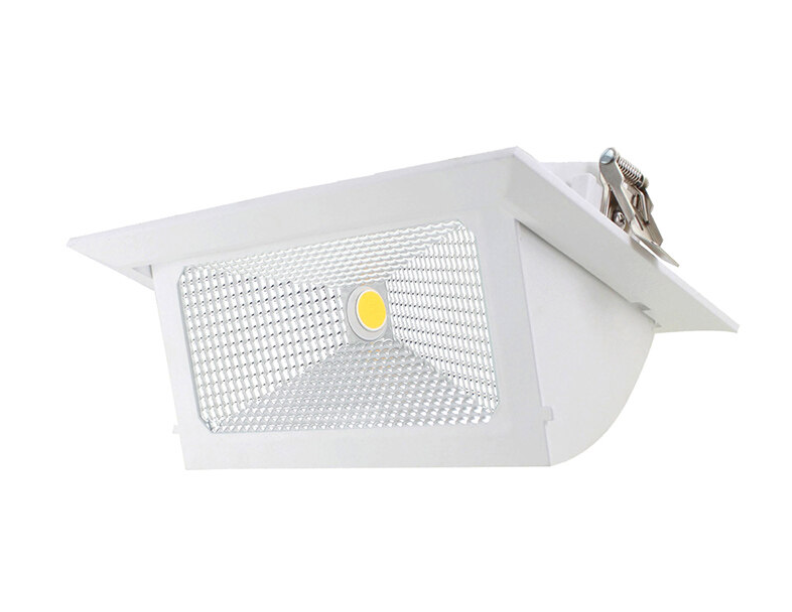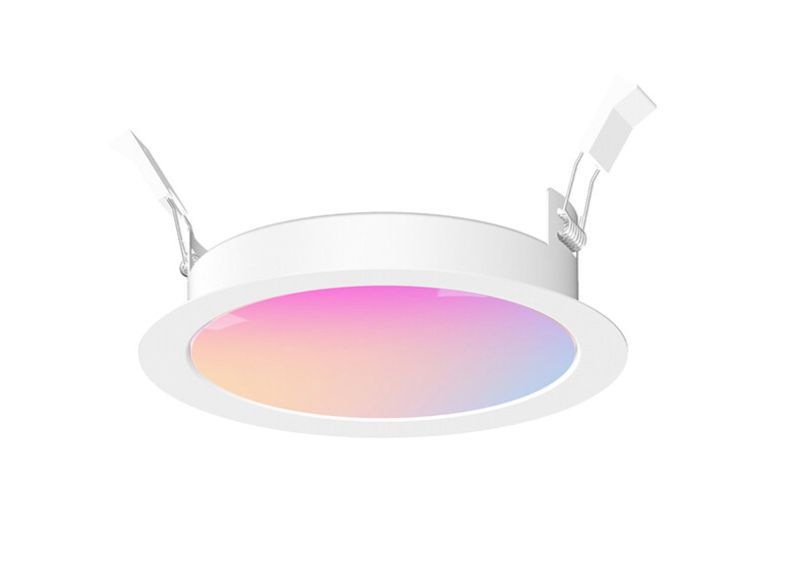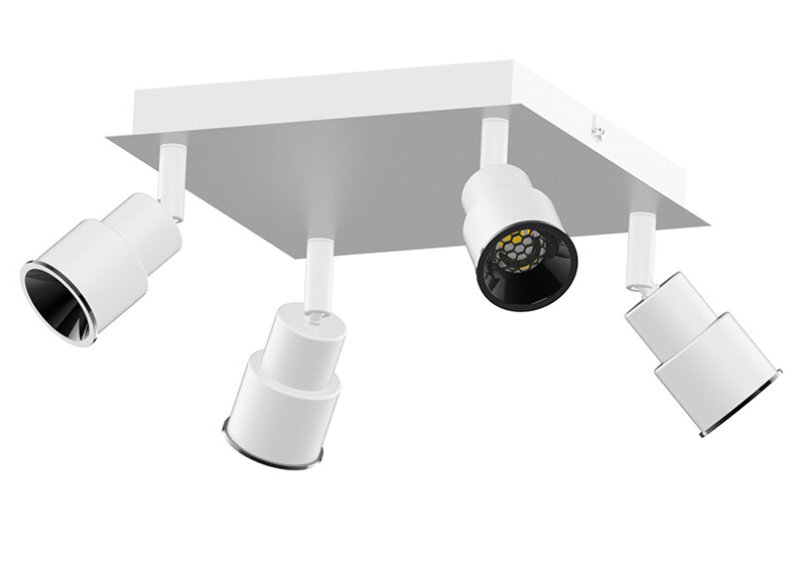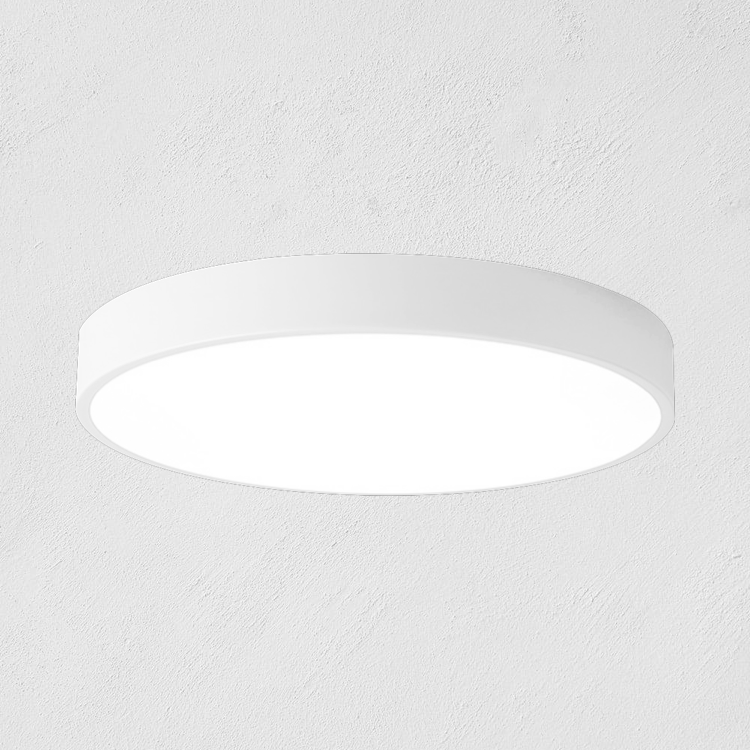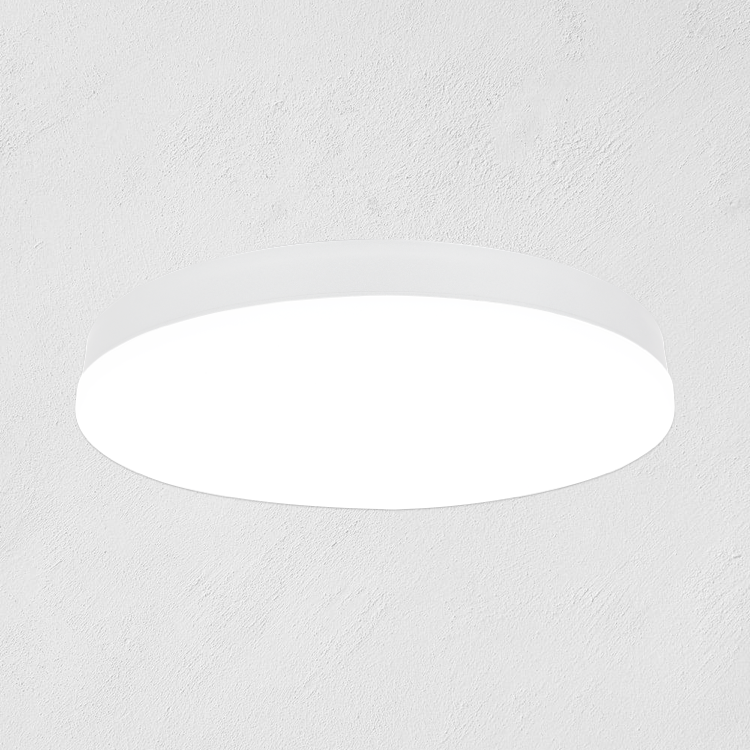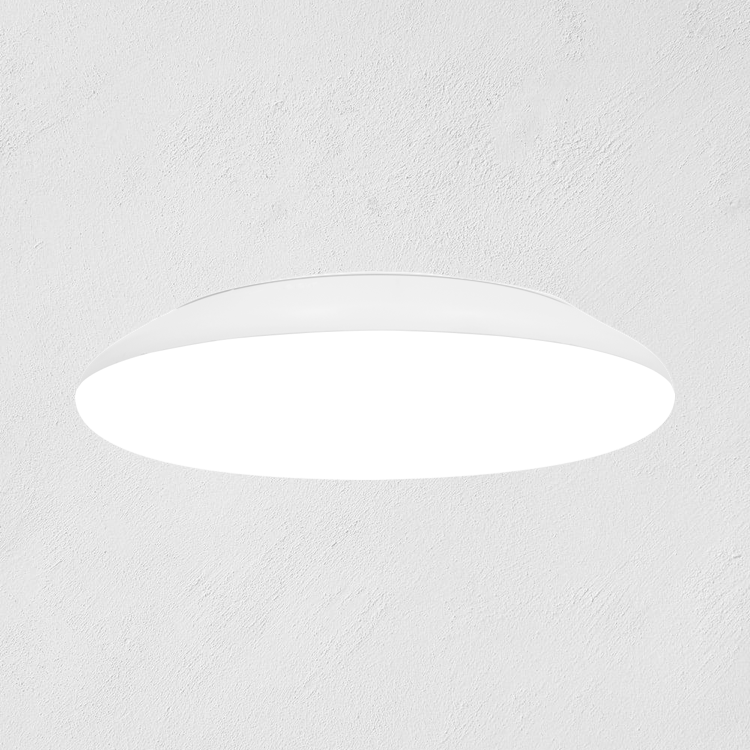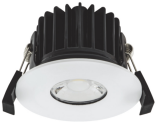LED lighting, a technological marvel that has revolutionized the way we illuminate our spaces, is not just a trend but a shift towards more sustainable and cost-effective solutions. From homes and offices to streets and parking lots, LED lights are becoming the preferred choice for their myriad benefits. One of the most compelling advantages of LED lighting is its potential to significantly reduce expenses. But how exactly does this happen? Let's delve into the world of LED lighting and unravel the secrets behind its cost-saving magic.
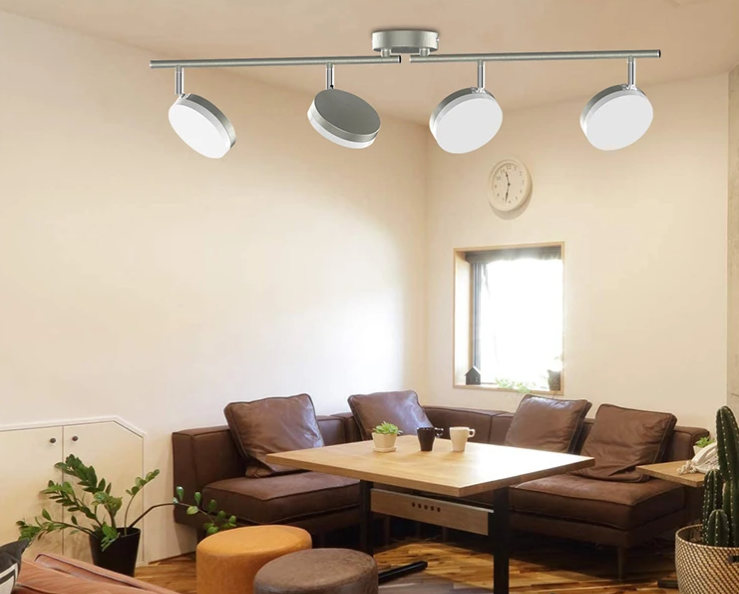
The Efficiency of LED Lighting Products
When it comes to lighting solutions, efficiency is a key factor that can't be overlooked. Traditional lighting options like incandescent and fluorescent bulbs have served us well for many years, but they fall short when compared to the efficiency of LED lights.
LEDs, or Light Emitting Diodes, are a type of solid-state lighting that is extremely energy efficient and long-lasting. LED lighting products, such as the LED suspended ceiling spotlight and LED ceiling downlight lights, are not only more efficient but also reliable, emitting a more consistent light output.
Many people harbor the fear that switching to LEDs will require them to replace all of their light fixtures. However, this is a common misconception. LED bulbs usually require a specific base, such as the common E26 base. This allows for an easy conversion process where you don't have to replace the complete fixture, but can instead retrofit it.
LEDs also offer a sleek look and last longer than traditional light panels, making them a popular choice for those looking to install new lighting fixtures. The LED troughs or LED panels, for instance, are a testament to the aesthetic appeal and durability of LED lighting solutions.
Safety Considerations with LED Lights
Safety is another crucial aspect when it comes to lighting. Traditional incandescent bulbs emit a small amount of UV radiation, which can be harmful over prolonged exposure. On the other hand, LED bulbs do not emit radiation, making them safer for consumers.
Moreover, fluorescent lamps contain mercury, a toxic substance that poses a risk when these lamps are broken or disposed of improperly. LEDs, in contrast, do not contain mercury or other harmful substances, making them a safer choice for you and the environment.
GX53 Dimmable Ceiling Light Spot
The Financial Impact of LED Lighting
Now, let's address the burning question: How can LED lighting reduce your expenses? The answer lies in the remarkable energy efficiency and longevity of LED bulbs.
By switching to LED bulbs like LED ceiling spot light bulbs, you can save up to 80% on energy costs. This is because LEDs require only about 1/7 the power of incandescent bulbs and about 2/5 the energy of fluorescent bulbs to produce the same amount of light. This significant reduction in energy consumption translates directly into savings on your electricity bills.
While it's true that LEDs are more expensive than traditional incandescent bulbs, they still save money in the long run. This is because they last a long time and consume very little energy. An LED bulb can last up to 25 times longer than a traditional light bulb. This means fewer replacements and less time spent on maintenance, leading to additional savings.
Energy-Efficient Lighting and Control Options
When you switch to energy-efficient lighting, you can use the same amount of light to illuminate your home for less money. There are various energy-efficient quality products available in the market, including LED downlight spot lights, panel lights, and LED track rail ceiling spot lights, among others.
In addition to efficient lighting, most LED lighting also supports the use of timers, dimmers, and other controls to save power. These controls allow you to adjust the lighting according to your needs, further reducing energy consumption. However, one thing to keep in mind is to make sure you choose a product that is compatible with the energy-efficient bulbs you want to use.
GU10 Multi Spot LED Ceiling Light Dimmable
LED Lighting for Outdoor Use
Outdoor lighting often needs to be left on for long periods of time, which can lead to high energy consumption. However, using LEDs or CFLs in these fixtures can save a lot of energy. LEDs and CFLs can be used as floodlights and have been tested to withstand rain and snow, so they can be used in exposed fixtures. This makes them an excellent choice for outdoor lighting, providing bright, efficient light while withstanding the elements.
The Environmental Impact of LED Lighting
In addition to the cost-saving benefits, LED lighting also contributes to environmental protection. By consuming less electricity, they reduce the demand for power plants and decrease greenhouse gas emissions. Furthermore, because LEDs contain no toxic elements like mercury, they are safer to dispose of at the end of their life cycle. This is a significant advantage over certain types of traditional lighting that can pose environmental hazards if not disposed of properly.
Conclusion: The Bright Future of LED Lighting
Whether it's street lighting, parking lot lighting, sidewalks, or offices, using LED lighting helps save energy while maintaining safety standards. When looking for a lighting solution, LED luminaires can provide the best value in terms of short and long-term savings for your home or business.
The shift towards LED lighting is not just a trend, but a testament to our evolving understanding of sustainability and cost-effectiveness. As we continue to seek ways to reduce our expenses and our environmental footprint, LED lighting stands out as a bright idea whose time has come.


